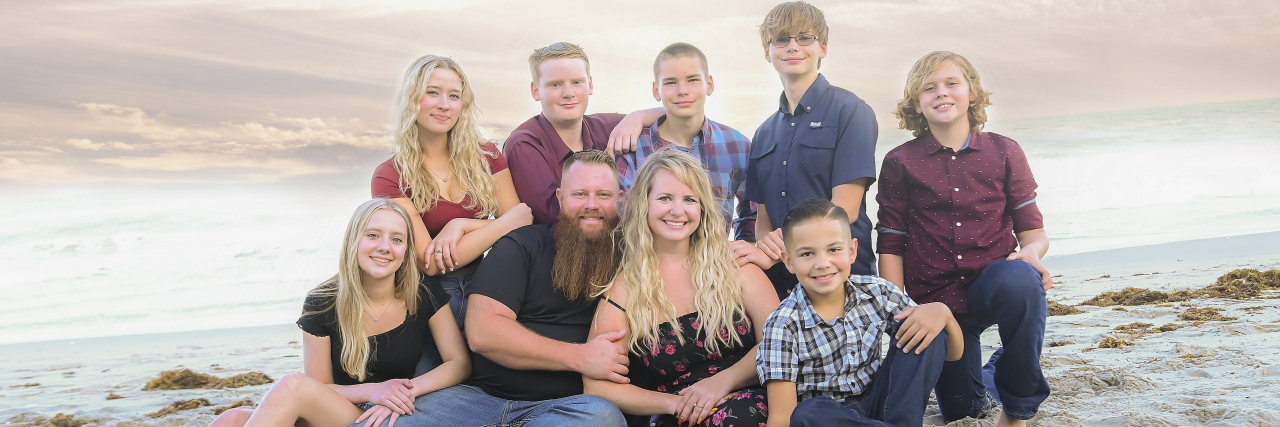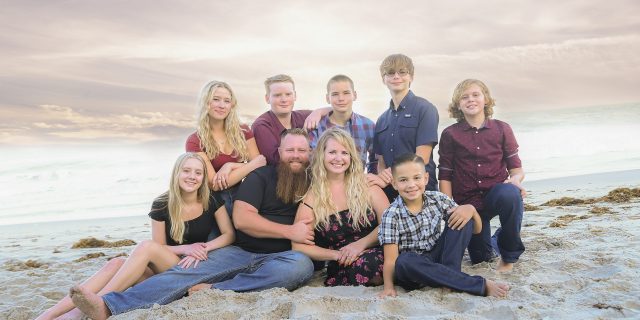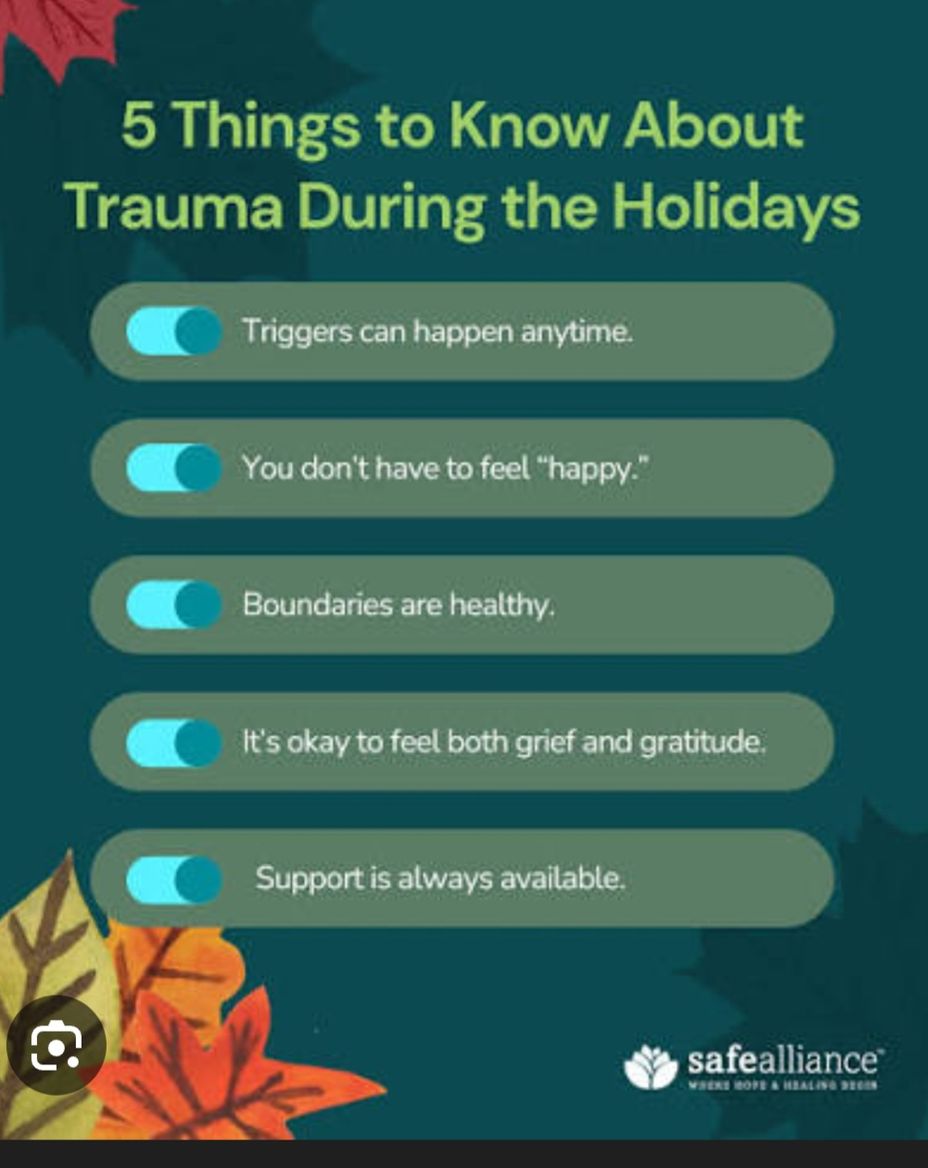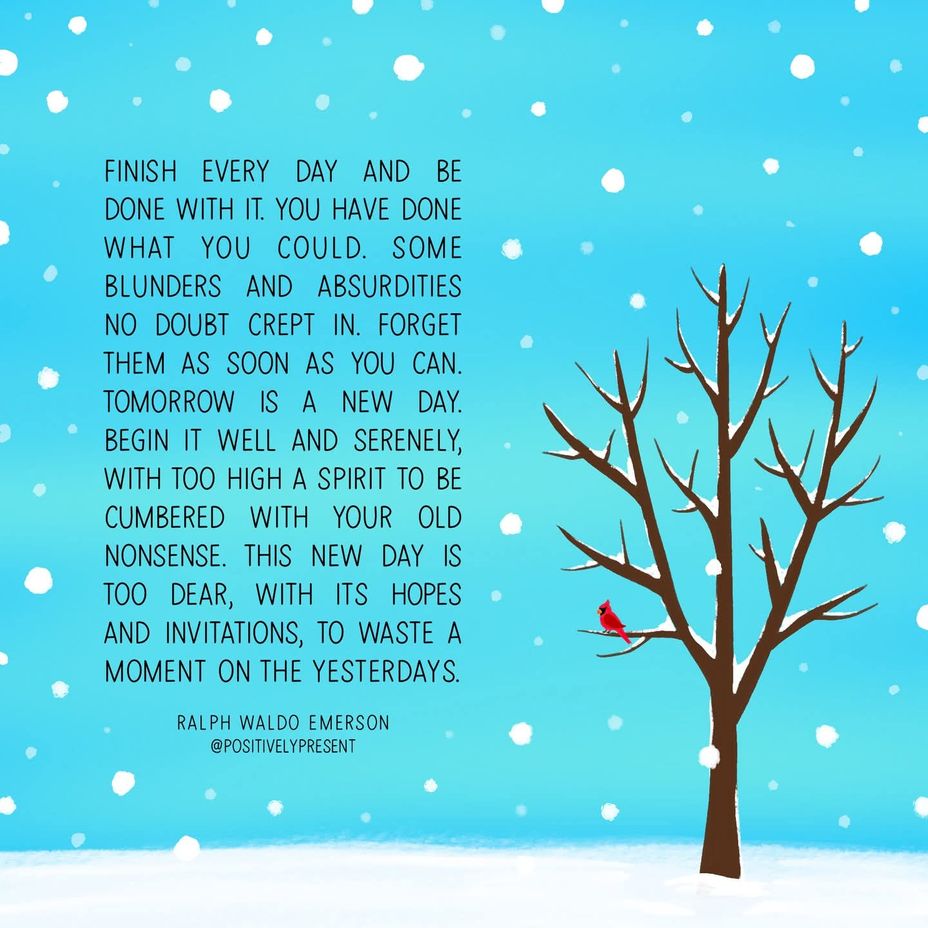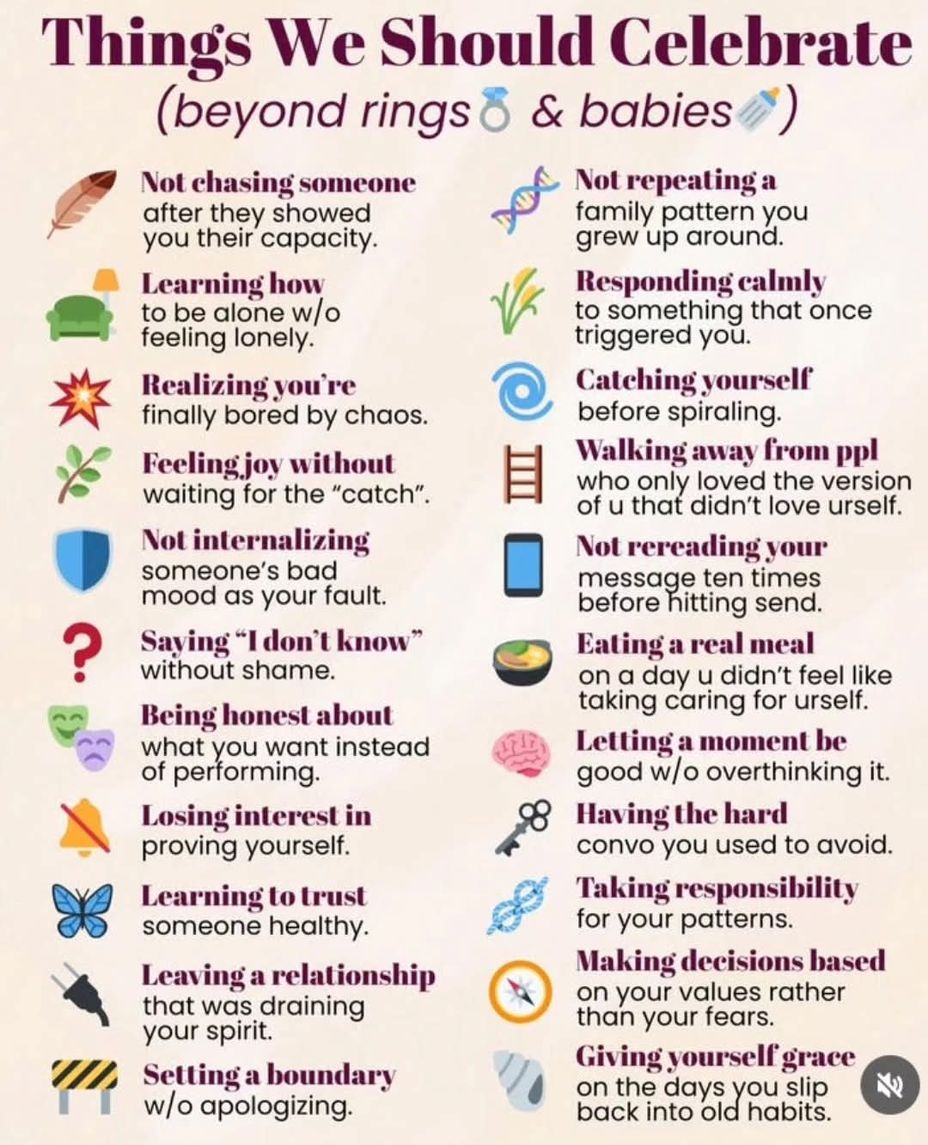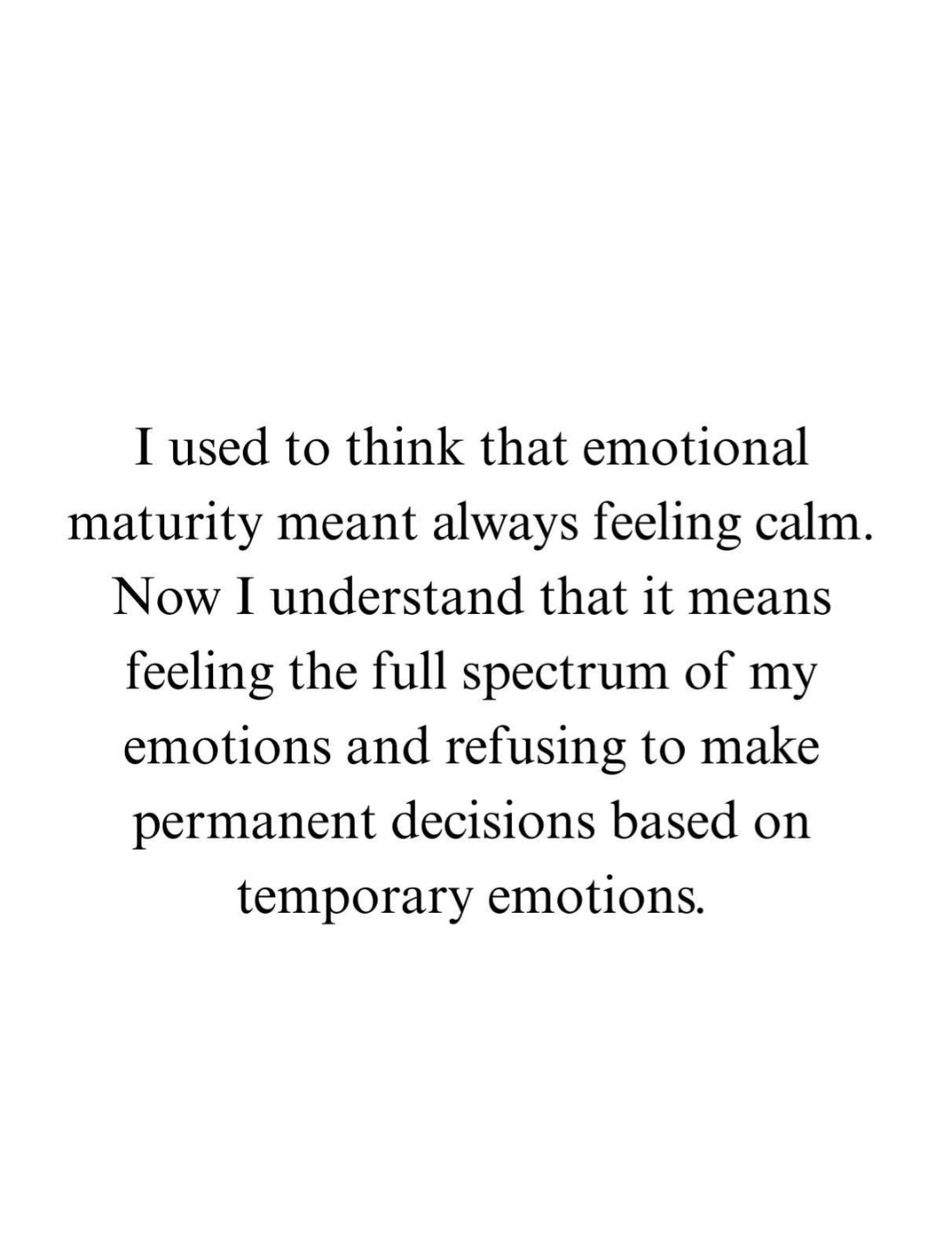#Cancer#Cancers#Neoplasm#Neoplasms
Cancer is a collection of diseases in which the body’s cells divide without stopping and spread into healthy surrounding tissue. Many cancers form tumors, or solid masses of tissue. Cancerous tumors are malignant, meaning they can spread to other tissue. Cancer cells are unlike normal cells in that they do not listen to signals the brain sends out to the rest of the cells in the body. Cancer cells can also influence normal cells, molecules and blood vessels surrounding a cancerous tumor to feed the tumor instead of doing their normal job. There are more than 100 types of cancer, most often named after the organ where the cancer originates.
There are many different types of cancer treatment, often depending on the type of cancer and how advanced it is. For the most effective results, most people undergo a combination of treatments including surgery, chemotherapy, radiation therapy, immunotherapy, targeted therapy and hormone therapy.
Cancer can cause pain or discomfort in the affected area, fever, fatigue or weight loss. An individual’s symptoms and experience are highly subjective to the type and stage of the cancer. Living with cancer is often a long, arduous process with lots of unpleasant side effects. Sometimes cancer may go away for a while -even for several years- and then come back to any part of the body.
Cancer research is ongoing in order to discover more treatment options and even preventative measures against the disease. There are many organizations and resources available to provide information, support, help and resources to people living with various types of cancer.
